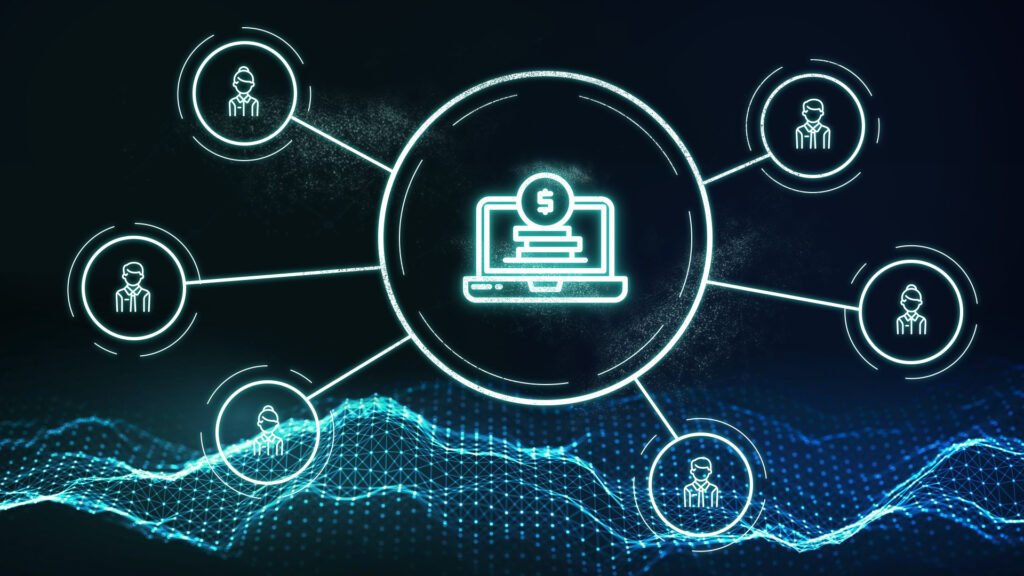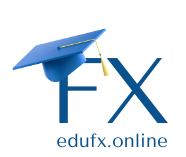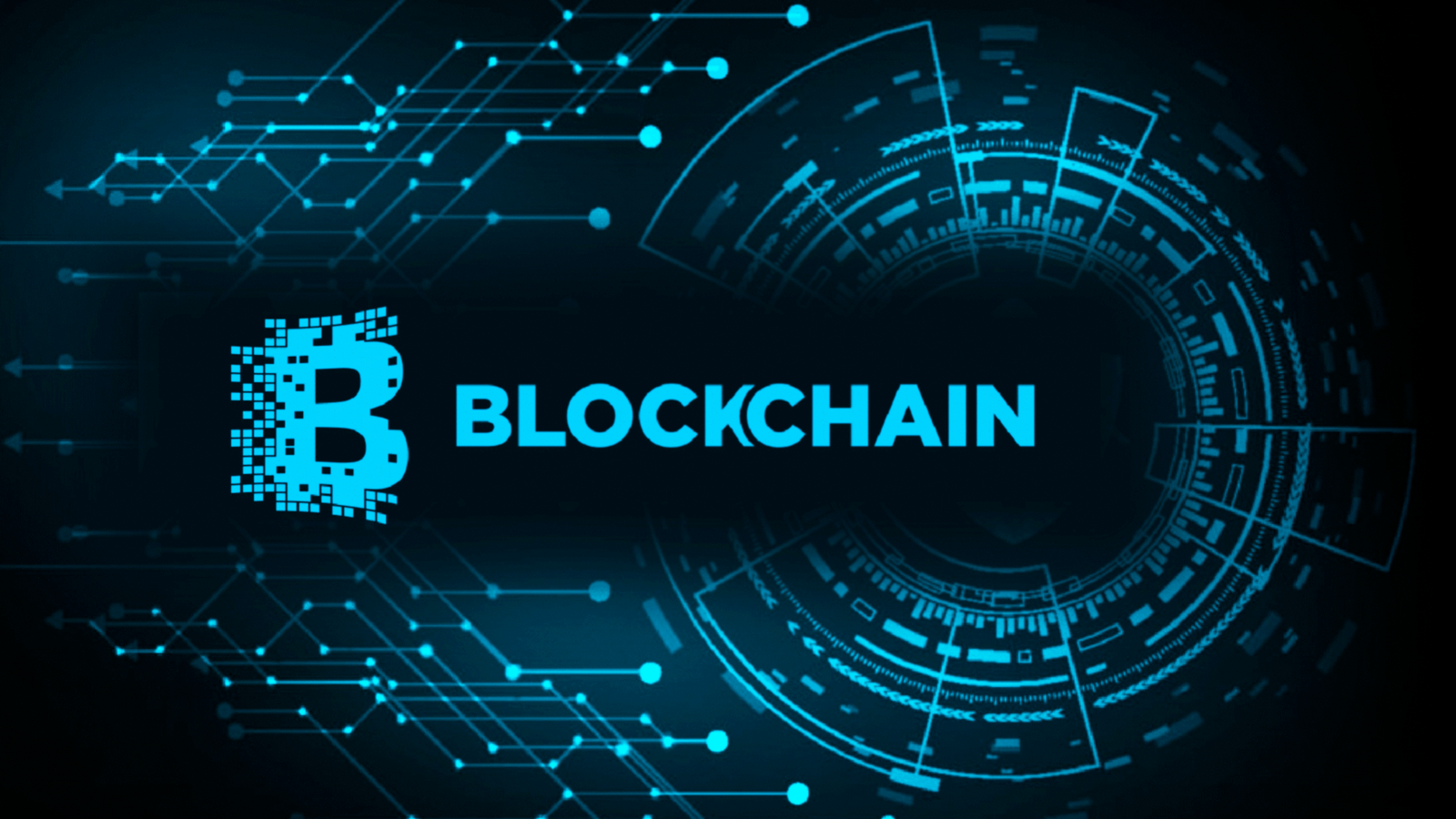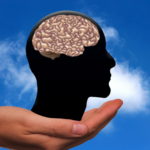Blockchain in Education Originally connected to cryptocurrencies like Bitcoin, blockchain technology has developed into a flexible instrument that can revolutionize sectors outside of banking. Blockchain offers creative answers to problems in education pertaining to academic openness, data security, credential verification, and personalized learning. Education institutions, students, and employers can gain quicker procedures and increased trust by utilizing blockchain’s decentralized, secure, and transparent framework. This article examines the ways in which blockchain technology is changing education, including decentralized learning environments, safe credentialing, data management, and more.

What is Blockchain?
Fundamentally, blockchain is a computer network’s decentralized digital ledger that keeps track of transactions. These transactions, sometimes known as “blocks,” are connected chronologically to create an unbroken, secure chain. The system is resistant against fraud and tampering since once a block is added to the chain. It cannot be changed without changing all subsequent blocks as well.
Key Features of Blockchain
Blockchain is a potentially useful tool for education because of a few important features:
Decentralization: Blockchain functions on a distributed network, enhancing transparency and decreasing dependence on centralized authorities.
Immutability: Data saved on a blockchain is unhackable and unchangeable once saved. This immutability ensures that educational records remain authentic. Blockchain protects data with sophisticated cryptographic methods that make it difficult for unauthorized parties to access or change the data.
Blockchain Applications in Education
Technology is already revolutionizing education by solving problems with academic collaboration, credential verification, and record-keeping. Here are a few well-known applications:

Secure Credentialing and Academic Records
The secure and verified issuance of academic certificates is one of the most exciting uses of blockchain in education. Traditionally, it has taken a long time and included calling several institutions and processing paper-based data to validate a student.
Employers or other organizations can simply verify these credentials without the use of middleman verification services.
Enhanced Trust and Transparency
Credentials and educational records are secure and unchangeable thanks to blockchain’s decentralized and unchangeable nature. In order to stop fraud and make sure that academic conclusions can be independently verified, transparency is essential.

Empowering Students with Data Ownership
With the help of blockchain technology, students may manage and distribute their data independently of middlemen, gaining authority over their academic records and credentials. As a result, students have more control over how they showcase their credentials to prospective employers and other educational institutions.
Challenges and Limitations
While blockchain has great promise for the education sector, there are a number of concerns and limitations that need to be addressed.
Expandability
Systems based on blockchain, particularly open ones, may experience scalability problems. The amount of computing power needed to handle transactions increases along with their volume. Slow transaction times and increased costs could hinder the sustainability of large-scale educational applications.

Conclusion
By addressing important issues with credential verification, data security, and educational accessibility, blockchain technology has the ability to completely transform the education industry. Its decentralized, transparent, and unchangeable characteristics offer a safe environment for credential management, academic record keeping, and customized learning paths. Blockchain allows people to take charge of their lifetime learning journey by enabling worldwide accessibility, empowering students to own their educational data, and streamlining administrative procedures. Furthermore, blockchain’s applications in academic publication, professional development, and decentralized learning management systems demonstrate how flexible it is in fostering more effective, open, and egalitarian educational systems.
FAQs
What is blockchain, and how does it apply to education?
Blockchain is a network of decentralized digital ledgers that securely logs transactions. Blockchain technology has applications in education that include tracking student progress, issuing digital credentials, storing and verifying academic data, and enabling decentralized learning environments. It improves security, openness, and confidence in the administration of educational data.
How does blockchain improve the credentialing process?
Educational institutions can now grant digital degrees, certificates, and micro-credentials.
Employers and other educational institutions can instantaneously verify these tamper-proof credentials, doing away with the need for laborious human verification procedures.
What are the benefits of using blockchain for students?
Students now have authority over their academic certificates and records thanks to blockchain. Without using any middlemen, they can share all of their accomplishments with institutions or employers by storing them in a digital wallet. Furthermore, blockchain enables customized learning, stackable certifications, and micro-credentials, providing students greater autonomy over their chosen mode of study.
How does blockchain support lifelong learning?
Blockchain makes it possible to store all of a person’s lifelong learning accomplishments, from degrees to microcredentials. This promotes ongoing professional development and upskilling by making it simple for professionals and students to demonstrate their credentials and keep up-to-date with skills.
What is a decentralized learning management system (LMS), and how does blockchain enable it?
Without depending on centralized systems, students, teachers, and institutions can communicate on a peer-to-peer learning network called a decentralized learning management system (LMS).



